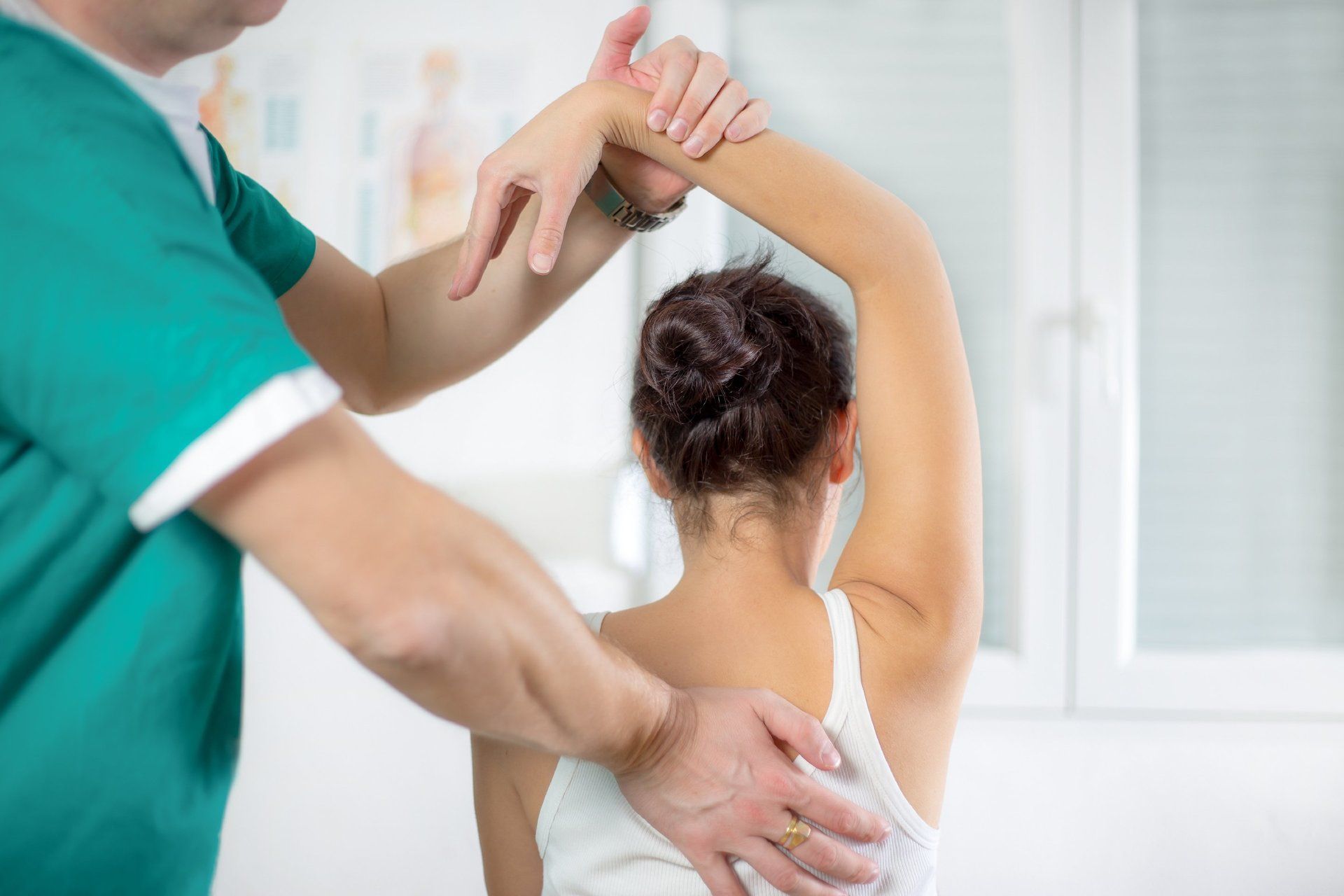Back pain and posture
Back pain & posture:
How to keep your back healthy and pain free
Trouble with your back does not simply produce pain in the back. Often it may cause symptoms in more remote areas such as the buttocks, groin, hips, and legs (commonly called sciatica). And problems in the spine and neck can also cause symptoms such as dizziness, headaches, clicking jaw, pins and needles.
Indeed research has shown that problems related to the back may affect over 60% of the UK’s population at some stage in their lives.
Keeping a healthy spine and joints
When young, the body can usually adapt easily to the stress and strain it is put under. As it grows older (over 25 yrs!) it begins to lose some of the elasticity which gives the flexibility to cope and adapt.
In particular this applies to the discs and joints between each vertebrae. These require regular movement to maintain their mobility and ensure good blood circulation and nutrition to the surrounding fluids and tissues.

10 top tips for back care
- Keep moving and stretching
- Take regular exercise
- Take frequent breaks between repetitive tasks and vary the rhythm
- Change position – avoid ‘computer hump’
- Pace yourself when the work is heavy eg. gardening
- Adjust car seats, and on long journeys, have breaks and stretch
- Watch children’s posture – don’t let them carry bags on one shoulder
- Avoid strain when lifting especially when shopping and with small children
- Is your bed the right bed or is it getting old?
- Seek osteopathic advice earlier rather than later
Osteopathy for back care
Osteopaths are trained professionals who are skilled in diagnosing problems, including those which may require further investigation if necessary. Osteopaths have treated thousands of patients successfully over the past one hundred years and continued success is demonstrated by reliable and practical results.
The osteopath will explain to you clearly what the problem is. If they can help they will explain what they can do to help and also offer advice on self-help treatments.
Please also see thefor more information.


The best sitting posture
What a great illustration of the best advice to all those who have to sit for long periods of time: the ideal sitting position is one that continually changes [Callaghan & McGill 2001b].
Despite the myths perpetuated in many ergonomic guidelines regarding an “ideal” sitting position or posture, the ideal sitting position is actually one that constantly changes, thus preventing any single tissue (muscle, ligament or disc) from accumulating too much strain.
- Prolonged sitting in general, is linked to an increased risk of disc herniation (slipped disc).
Sitting slouched minimizes muscle activity - the main reason that most people will adopt a slouched or curled up position when sitting if left to their own volition. Unfortunately, that slouched position, or flexion, of the lumbar spine increases stress on the vulnerable, posterior parts of the disc annulus.
On the other hand, prolonged upright sitting leads to higher activation of the psoas and back extensors, which impose their own compressive stresses on the lumbar spine.
Changing lumbar postures causes a migration of loads from one tissue to another (...) and suggests that no single, ideal posture exists; rather, a variable posture is recommended as a strategy to minimize the risk of tissue overload [McGill 2002]. This advice, of course, could be extended to the whole spine, neck and head position, as well as arms and legs - take note those who sit cross-legged...
Get Fit to Sit
So what can you do to improve your sitting posture? Well, you need to be Fit to Sit!
- General body fitness is arguably even more important when you are in a sedentary occupation. This means active walking, cycling, dancing, climbing stairs... anything that raises your heart and breathing rate enough to make it a little difficult to hold a conversation, for preferably for a minimum of 20 minutes a day. (Look out for a post coming soon about recommended exercise levels, a little preview: it’s no longer 10,000 steps a day...)
- Strengthening your core stability muscles helps you to be able to sit in a wide variety of postures and positions, including standing. But take care, sit-ups are not the way to strengthen your abdominals and core: sit-ups will damage the backs of most people. Much better are the bird-dog, side-bridge and single-leg pelvic bridge. (More about core stability exercises coming soon).
- Perform a back and disc relieving stretch when getting up from sitting: standing with knees very slightly bent, imagine that there is a high shelf up in front of you, but don’t look up at it, aim the top of your head at it. Slowly bring both arms up in front of you until you are reaching up to that shelf. Take good note of your back - your back should feel slightly stretched; and of the front of your rib cage - your rib cage should not raise up, but rather stay held down by an automatic activation of your abdominal oblique muscles.
- Change your position regularly. Use your chair to help: either have two or more different chairs, preferably at different positions to your desk, or make sure you use your adjustable office chair to its full!
- Use a rolled or folded towel, cushion or cushions to help support you and take the strain off your muscles.
- Try standing for short periods to work - maybe use the top of a filing cabinet to do some work.
- Experiment with a wobble cushion #dynaircushion for your desk chair or even a gym ball (but build up usage times slowly).
- Most importantly, get up and do something else for at least 5 minutes in every hour.